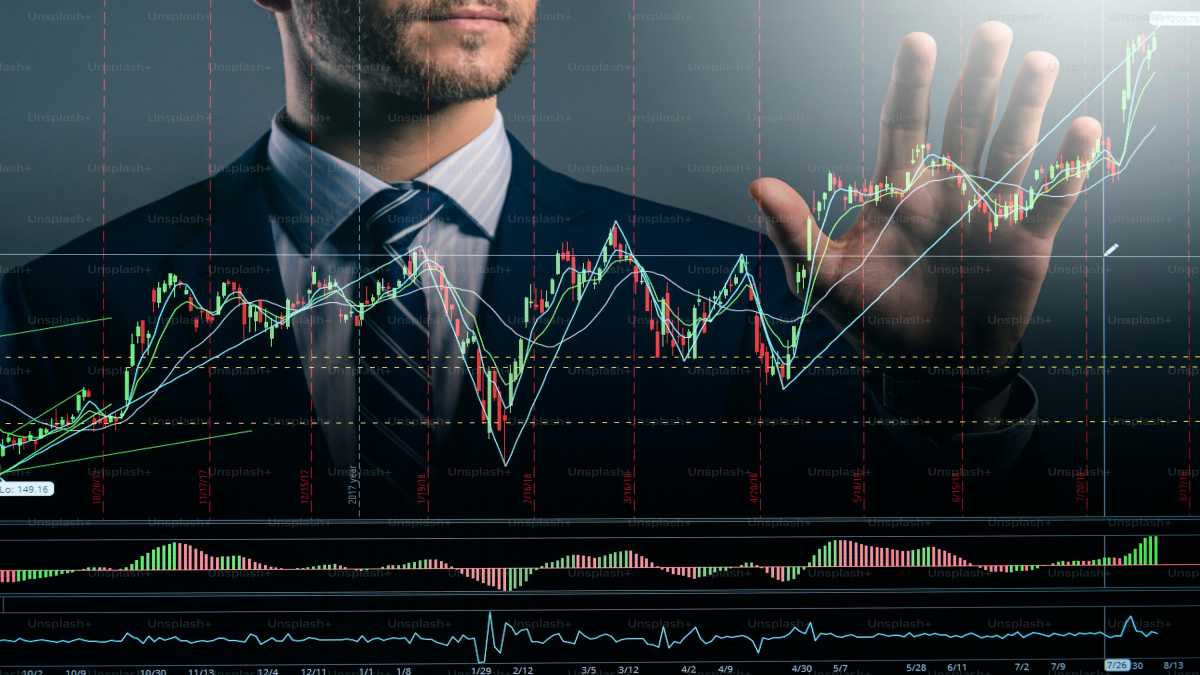The EV Crown Slips: How BYD Overtook Tesla While Musk Bets the Farm on Robotaxis

The electric vehicle race has a decisive new leader, and it’s not Tesla. In a stunning shift in the automotive landscape, Chinese EV and battery titan BYD is now dominating the market, with sales nearly tripling those of its American rival. As BYD floods global markets with a diverse and affordable lineup, Tesla, grappling with an aging product line and brand turmoil, is pivoting its focus from cars to a high-stakes future of robotaxis and artificial intelligence.
A Tale of Two Fortunes: Sales and Profits Diverge
The numbers tell a stark story. In the second quarter, BYD sold a staggering 1.145 million electric vehicles, a 16% increase year-over-year. Its sales of all-battery electric vehicles (BEVs) alone shot up 45.8% to over 606,000 units, marking the third consecutive quarter that it has handily outsold Tesla.
Meanwhile, Tesla’s deliveries fell 13.5% to 384,122 vehicles in the same period. This trend extends to the bottom line, where the two companies are on opposite trajectories. While Tesla’s Q1 earnings plunged by 40%, BYD’s net income boomed by over 100%, surpassing Tesla’s for the first time—a clear sign of a power shift. This divergence is fueled by Tesla’s reliance on a few aging models versus BYD’s relentless rollout of new vehicles across all price points, from sub-$10,000 city cars to $150,000 luxury models.
Tesla’s Gambit: A Pivot to Autonomy Amidst Crisis
Facing fierce competition and a damaged brand image, partially linked to CEO Elon Musk’s polarizing political activities, Tesla is facing significant headwinds. A critical blow is the new U.S. legislation ending EV tax credits after September 30, which is set to severely impact sales and profitability. The once-lucrative zero-emission vehicle (ZEV) credits, a major profit driver for Tesla, have also been eliminated.
In response, Musk is betting the company’s future not on new cars, but on autonomy. Tesla recently launched a limited, invite-only robotaxi service in Austin, Texas. However, the initial rollout has been modest, operating in a small, heavily mapped area with human “safety monitors” still in the vehicles. An incident involving a minor accident has tempered expectations, suggesting the road to true, unsupervised self-driving is still long. Musk’s other futuristic bets, like the Optimus humanoid robot, have also reportedly faced setbacks and redesigns.
Compounding these challenges is Musk’s renewed political activism, including a feud with President Donald Trump and his vow to form a new “America Party,” which threatens to further alienate customers and invite regulatory scrutiny.
BYD’s Strategy: Relentless Innovation and Global Domination
While Tesla looks to the future, BYD is conquering the present. The Chinese automaker is leveraging its status as a vertically integrated powerhouse—making its own batteries, chips, and components—to wage an aggressive price war, offering discounts up to 34% in its home market.
BYD is also innovating at a blistering pace. It has begun rolling out advanced driver-assist systems (ADAS) across its entire lineup at no extra charge and recently unveiled technology that allows its EVs to be fully charged in as little as five minutes.
Crucially, BYD is succeeding where Tesla has struggled: global expansion. With surging overseas sales, new factories planned for Hungary and Turkey to bypass EU tariffs, and plants ramping up in Brazil and Thailand, BYD is cementing its position as a worldwide force. The one market it continues to avoid is the U.S., citing political opposition and high tariffs.
The Road Ahead: A High-Stakes Wager
The contrast between the two EV giants could not be clearer. BYD is executing a classic manufacturing and market-share strategy, overwhelming competitors with volume, variety, and value. Tesla, on the other hand, is asking investors to look past its current struggles and believe in a multitrillion-dollar vision of autonomous vehicles and AI.
While Tesla’s stock (TSLA) still commands a massive $1.02 trillion market cap—largely based on its self-driving promises—it has been a loser in 2025. BYD’s stock (BYDDF), despite a recent dip due to the price war, is up significantly for the year.
The electric vehicle world is now watching a fascinating high-stakes wager: Will Elon Musk’s bet on a robotic future pay off, or will BYD’s relentless focus on building and selling cars today create an insurmountable lead? For now, the crown has slipped, and BYD is firmly in the driver’s seat.

